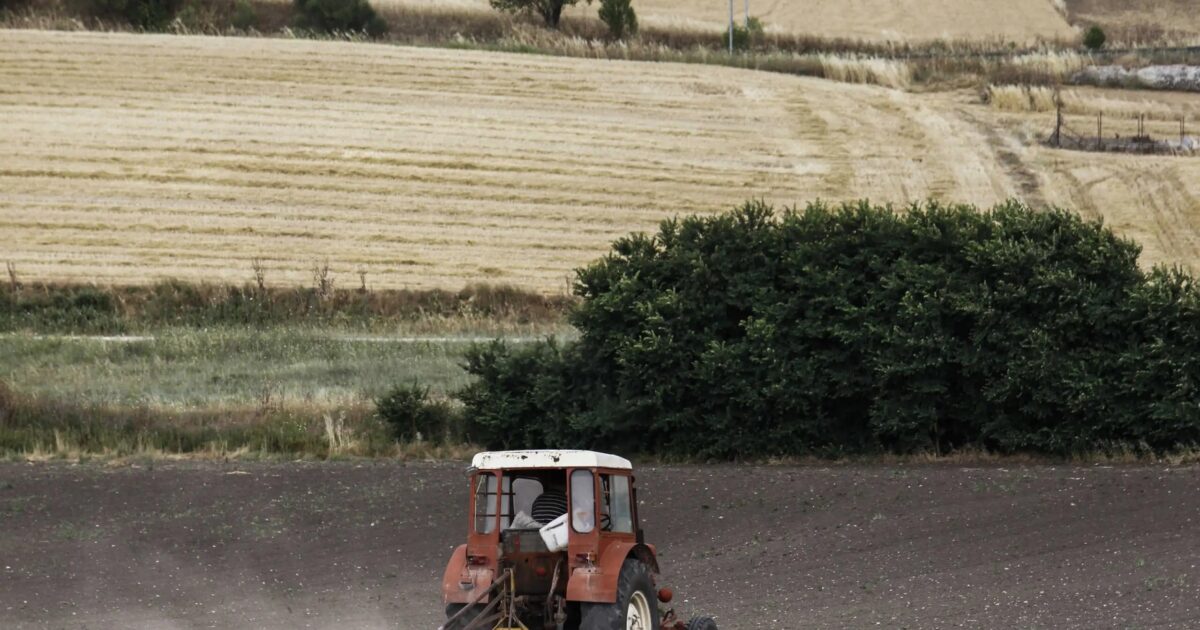New Architecture of Common Agricultural Policy (CAP) for the period 2028-2034 includes its proposal Commissionby focusing on performance and transparency, as well as income support to farmers.
The Commission qualifies the model of distribution of capital into national, sectoral, regional and territorial levels, adapted to the needs of each Member State and ensuring that the money goes where they attribute, and to “those farmers in need”, as Brussels sources say.
However, as the same sources point out, the Commission will not remain in the recommendations, but will also consider whether the national and regional plans that each country will form are observed.
The aim is to formulate, in cooperation with the Member States, a new control and examination mechanism if there are deviations from the objectives set for each country (eg green targets) and if the rules of law and competitiveness are respected. In this context, it is proposed to establish a common framework for indicators, regular meetings of Commission and Member States, and intermediate review with adaptations when targets are not caught. A single digital transparency portal is also provided for beneficiaries, expenses and results. Today’s six -month review is abolished for the bureaucratic burden to fall, without loosening the control.
The Commission’s message, as transferred from the Brussels sources, is that yes, the new CAP will provide funding, but the Commission is now asking for it to prove where the funds are going.
How much money will the Member States share
According to the same sources, the main funding pillar for Member States is the plans of national and regional corporate relationship. The proposal provides for a total of € 865 billion in grants, ie € 783 billion for the plans themselves, 10.2 billion for Interreg and additional non -defined stock of $ 453 billion within the plans, which will be directed to national priorities.
At the same time, a special EU special mechanism of € 71.9 billion for targeted policies, from the leader and the exchange of knowledge and innovation, to interventions in extremely outdated regions and small islands, the school program and aid in cases of crisis. In addition, the “Catalyst Europe” tool provides for a loan support of 150 billion euros.
